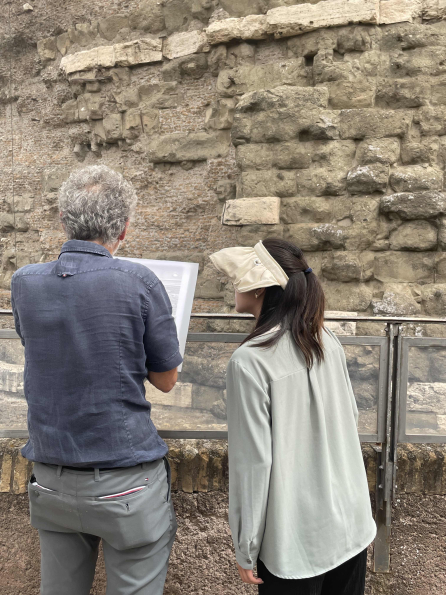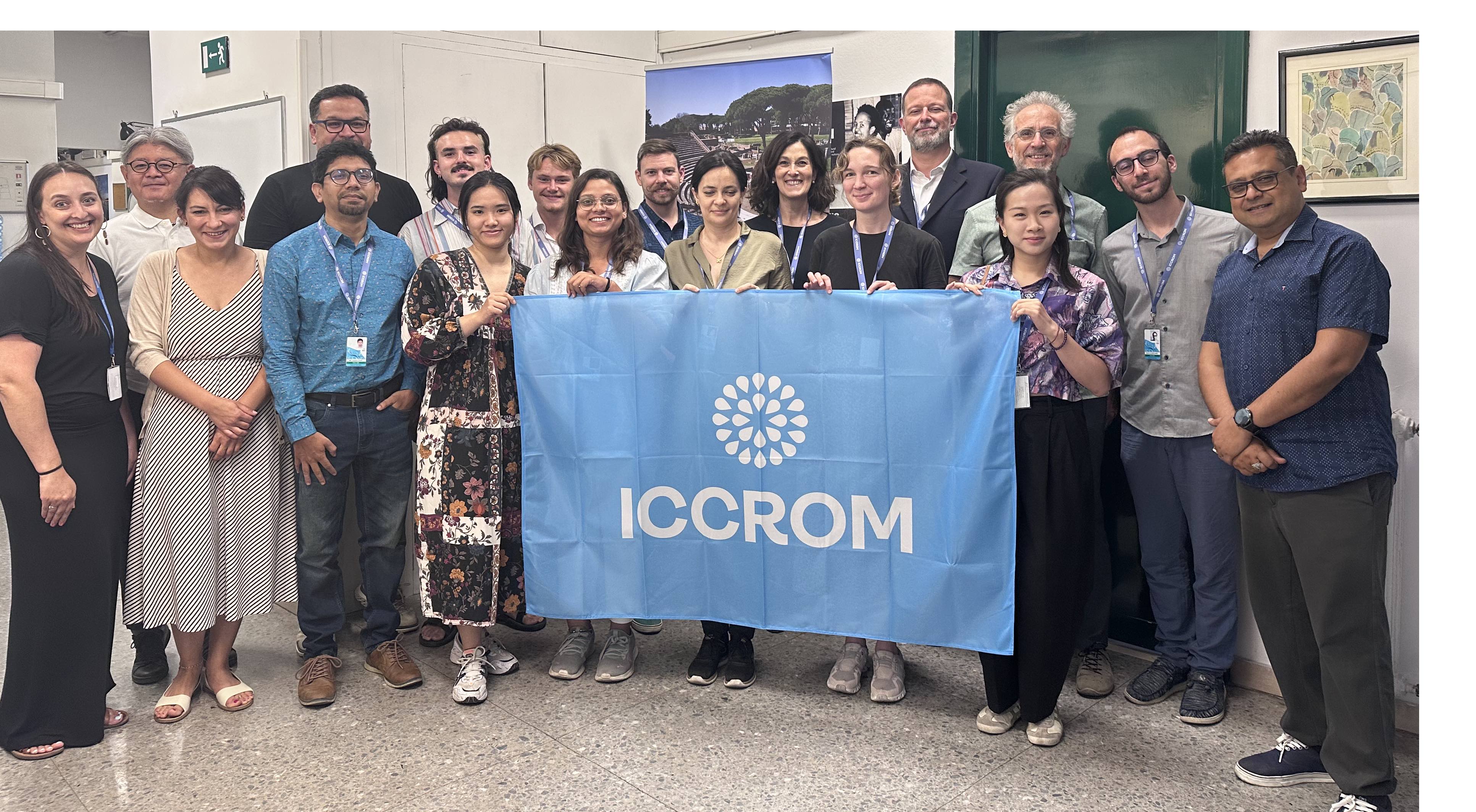This week marks the start of DOCU 24: Documenting Layered Heritage, a workshop running from 17 to 26 June, 2024. The workshop aims to deepen our understanding of heritage documentation by blending digital and traditional methods.
Participants from around the world, including architects, conservationists, and heritage professionals, will engage in hands-on learning workshops, learning both hand-drawing and digital documentation techniques. These experts will then apply their newfound knowledge in their respective fields. Based in Rome and facilitated by ICCROM, the workshop is conducted in collaboration with the University of Notre Dame’s Department of Architecture. This initiative also contributes to ongoing research at Castel Sant’Angelo also known as Mausoleum of Hadrian, a key Roman landmark that stands as the fourth most visited museum in Italy.
The workshop exemplifies the integration of traditional and modern techniques for historic preservation, featuring a mix of lectures and field exercises. Participants will work with Italian experts to learn about hand-drawing, 3D laser scanning, archaeoseismology, and more. With Rome as their classroom, they will gain an in-depth understanding of Castel Sant’Angelo. This iconic site has evolved over millennia from a mausoleum to a fortress, then a residence, and currently, a museum. It stands as a testament to the evolution of Roman construction techniques.
As the workshop progresses, participants will begin documenting the Mausoleum of Hadrian through practical applications. They will create hand-drawings of the structure, which, when combined with digital scans, will offer a comprehensive interpretation and aid in the preservation of Castel Sant’Angelo.
As the workshop’s lead instructor, Dr. Paolo Vitti, noted, “Documentation is a way to gain knowledge… In preservation, the principal goal is to learn about the building being preserved. The more we learn about the building, the more we preserve.”


